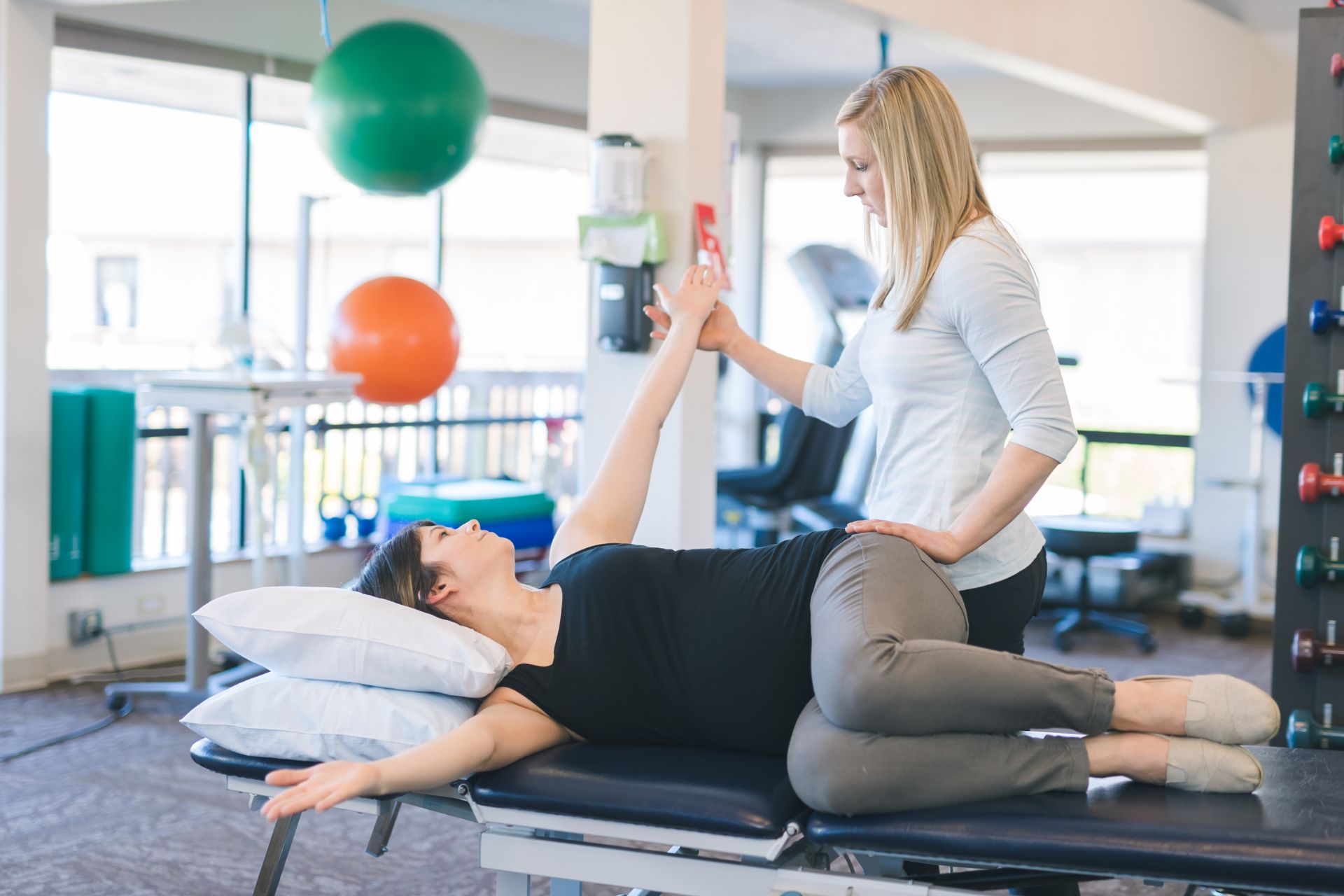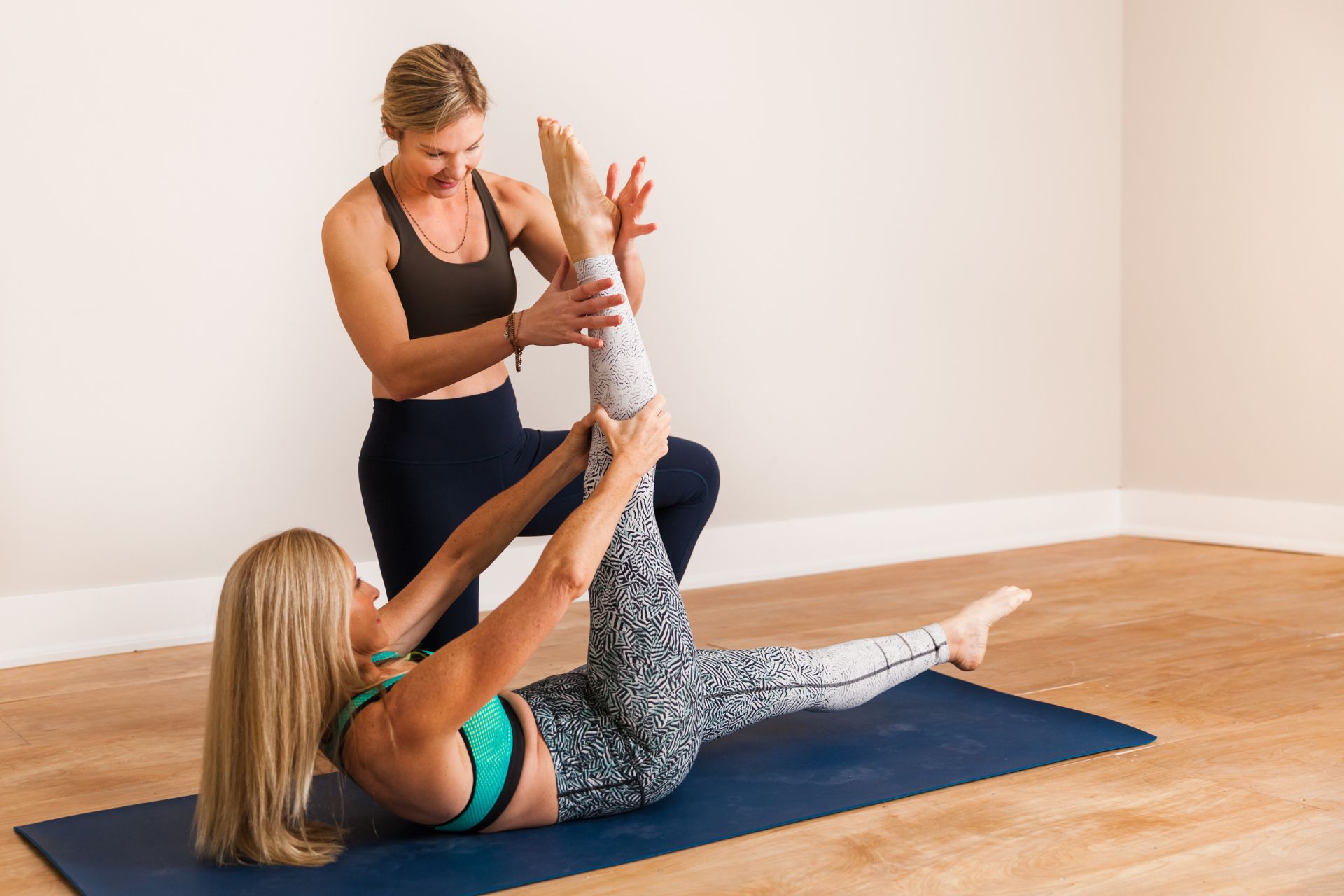Frequently Asked Questions
Biomechanical precision significantly enhances the effectiveness of high-velocity, low-amplitude (HVLA) techniques in the glenohumeral joint by ensuring accurate alignment and targeted force application, which are crucial for optimal joint mobilization and pain relief. Precise biomechanical assessment allows practitioners to identify specific joint restrictions, muscle imbalances, and capsular tightness, thereby facilitating the application of HVLA thrusts that are tailored to the unique anatomical and physiological characteristics of the shoulder complex. This precision minimizes the risk of injury to surrounding soft tissues, such as the rotator cuff tendons and the glenoid labrum, while maximizing the therapeutic benefits, including improved range of motion, enhanced proprioceptive feedback, and reduced neuromuscular tension. Furthermore, biomechanical precision in HVLA techniques supports the restoration of normal arthrokinematics and joint congruency, which are essential for maintaining shoulder stability and function.
Force vectors are crucial in optimizing high-velocity, low-amplitude (HVLA) adjustments for enhancing shoulder mobility by ensuring precise biomechanical alignment and targeted force application. By accurately directing force vectors, practitioners can effectively manipulate the glenohumeral joint and surrounding structures, such as the scapulothoracic articulation, to release joint restrictions and improve range of motion. The orientation and magnitude of these vectors are meticulously calculated to engage specific muscle groups, such as the rotator cuff and deltoid, while minimizing stress on the acromioclavicular joint and surrounding soft tissues. This precision in force vector application not only enhances the efficacy of the adjustment but also reduces the risk of injury, promoting optimal neuromuscular function and proprioceptive feedback. Additionally, understanding the interplay between force vectors and the kinetic chain allows for the integration of compensatory mechanisms, facilitating a holistic approach to shoulder rehabilitation and performance enhancement.
Practitioners can ensure accurate force vectoring during high-velocity, low-amplitude (HVLA) manipulations of the glenohumeral joint by meticulously assessing the patient's anatomical landmarks and joint biomechanics. They should evaluate the scapulohumeral rhythm and the position of the humeral head within the glenoid fossa to determine the optimal line of drive. Utilizing palpation skills to identify any restrictions or asymmetries in the rotator cuff muscles, deltoid, and surrounding soft tissues is crucial. Practitioners must also consider the patient's range of motion, joint capsule integrity, and any potential contraindications such as labral tears or shoulder impingement syndromes. By aligning the thrust vector with the joint's natural plane of motion and ensuring the patient is in a relaxed state, practitioners can enhance the precision of the manipulation. Additionally, employing techniques such as pre-manipulative tensioning and ensuring proper stabilization of the scapula can further refine the accuracy of the force application, thereby optimizing therapeutic outcomes and minimizing the risk of adverse effects.
Improper force vectoring in high-velocity, low-amplitude (HVLA) techniques for the shoulder can lead to several potential risks, including joint instability, rotator cuff injury, and neurovascular compromise. Misalignment of the applied force can result in excessive strain on the glenohumeral joint capsule, potentially causing subluxation or dislocation. Additionally, incorrect force application may damage the rotator cuff tendons, leading to tears or tendinopathy. The brachial plexus and axillary artery, which are in close proximity to the shoulder joint, are also at risk of compression or traction injuries, potentially resulting in neuropraxia or vascular insufficiency. Furthermore, improper technique can exacerbate pre-existing conditions such as adhesive capsulitis or osteoarthritis, leading to increased pain and reduced range of motion. Therefore, precise control of force direction and magnitude is crucial to minimize these risks and ensure patient safety during HVLA manipulations of the shoulder.
The anatomy of the glenohumeral joint significantly influences the application of biomechanical precision in high-velocity, low-amplitude (HVLA) techniques due to its complex structure and wide range of motion. The joint's articulation between the humeral head and the glenoid fossa of the scapula, stabilized by the rotator cuff muscles, labrum, and capsular ligaments, necessitates precise manipulation to avoid injury. The joint's inherent instability, due to its shallow socket and reliance on dynamic stabilizers, requires practitioners to consider the orientation of the humeral head, the tension of the surrounding musculature, and the integrity of the joint capsule when applying HVLA techniques. The proprioceptive feedback from mechanoreceptors within the joint capsule and surrounding tissues must be carefully interpreted to ensure the correct application of force vectors, minimizing the risk of subluxation or dislocation. Additionally, the presence of the subacromial space and the potential for impingement syndromes necessitate a thorough understanding of the joint's biomechanics to optimize therapeutic outcomes while maintaining joint integrity.

